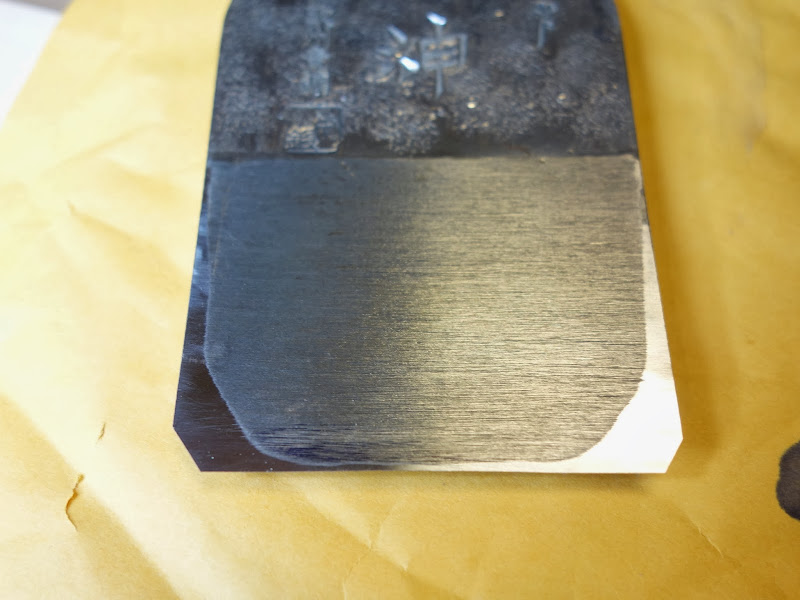
Originally Posted by
David Wong

To conclude this thread...
While grinding the plane blade down, I uncovered a defect (or two) in the blade. As I ground the blade down near my scribe line, I noticed a black smudge on the ground part of the blade. I assumed it was just metal filings and water, as I just quenched the blade. I made another pass and found the black spots still there. On closer inspection, they are voids in the hard layer of steel. I am making the assumption that these voids right at the base of the crack line, caused the fracture.
Hi David,
Where did you get your plane?
giant Cypress ó Japanese tool blog, and more






 Reply With Quote
Reply With Quote




